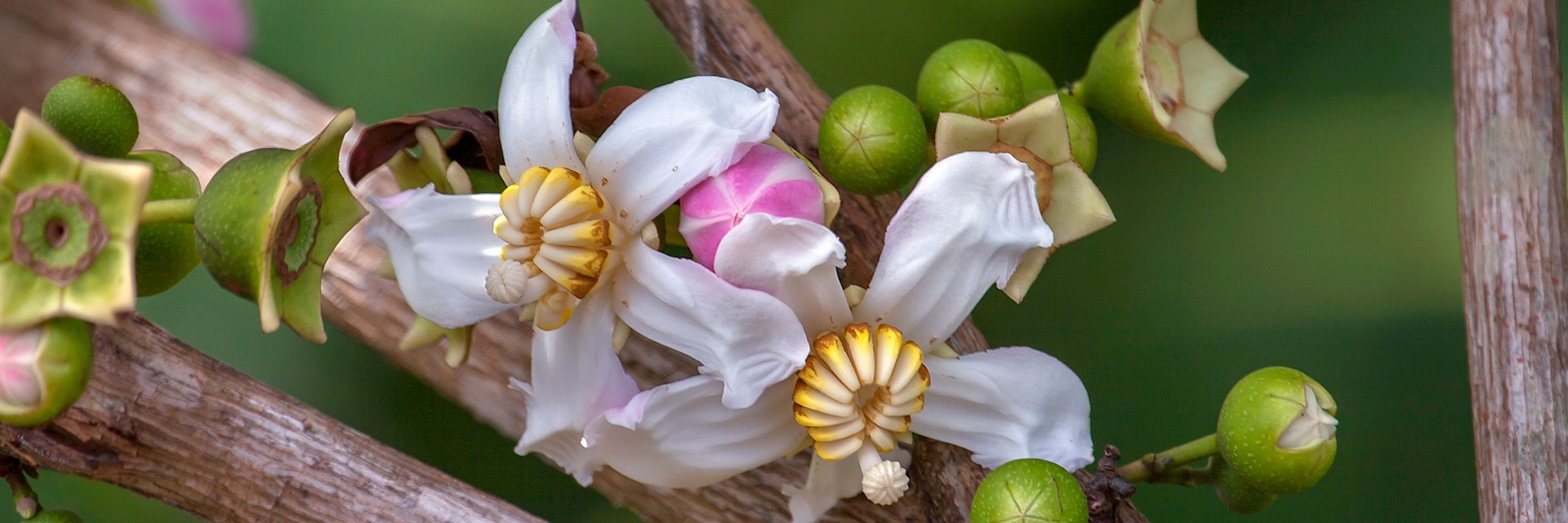At 20,800 sq km, this is the most immense of Peru’s parks and reserves. Pacaya-Samiria provides local people with food and a home, and protects ecologically important habitats. An estimated 42,000 people live on and around the reserve; juggling the needs of human inhabitants while protecting wildlife is the responsibility of some 30 rangers. Staff also teach inhabitants how to best harvest the natural renewable resources to benefit the local people and to maintain thriving populations of plants and animals.
The reserve is the home of aquatic animals such as Amazon manatees, pink and grey river dolphins, two species of caiman, giant South American river turtles and many other bird and animal species.
Lagunas is the reserve's western entry point; it is also possible to access the eastern side of the reserve from Iquitos/Nauta. The area close to Lagunas has suffered from depletion: allow several days to get deep into the least-disturbed areas. With 15 days, you can reach Lago Cocha Pasto, where there are reasonable chances of seeing jaguars and larger mammals. Other noteworthy points in the reserve include Quebrada Yanayacu, where the river water is black from dissolved plants; Lago Pantean, where you can check out caimans and go medicinal-plant collecting; and Tipischa de Huana, where you can see the giant Victoria amazonica waterlilies, big enough for a small child to sleep upon without sinking.
Official information is available at the agencies offering Pacaya-Samiria tours in Iquitos and Lagunas.
The best way to visit the reserve is to go by dugout canoe with a guide from Lagunas and spend several days camping and exploring. Alternatively, comfortable ships visit from Iquitos.
If coming from Lagunas, Santa Rosa is the main entry point, where you pay the park entrance fee (often included in tour prices).
The best time to go is during the dry season, when you are more likely to see animals along the riverbanks. Rains ease off in late May; it then takes a month for water levels to drop, making July and August the best months to visit (with excellent fishing). September to November isn’t too bad, and the heaviest rains begin in January. The months of February to May are the worst times to go. February to June tend to be the hottest months, with animal viewing best in the early morning and late afternoon.
Travelers should bring plenty of insect repellent and plastic bags (to cover luggage), and be prepared to camp out.
